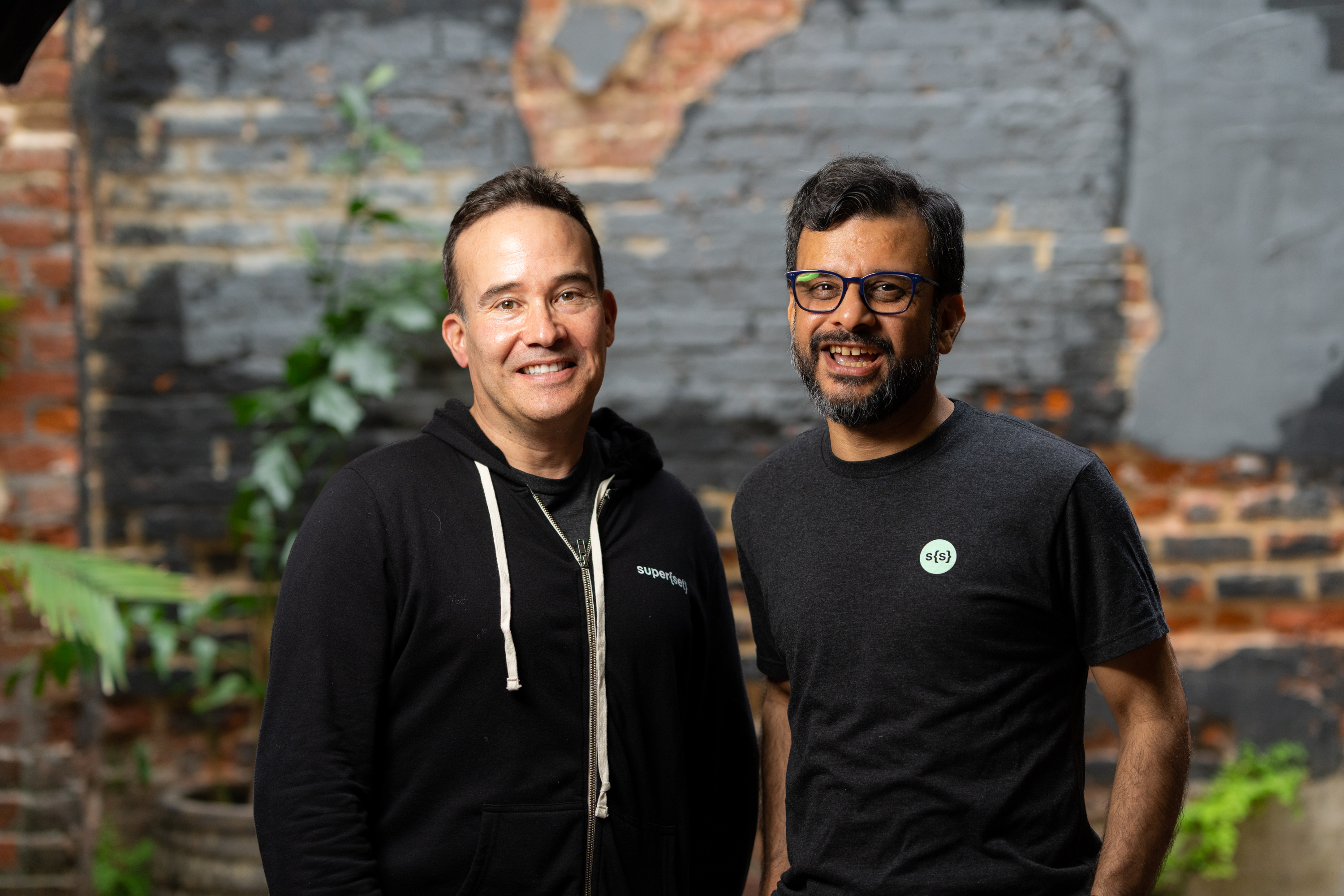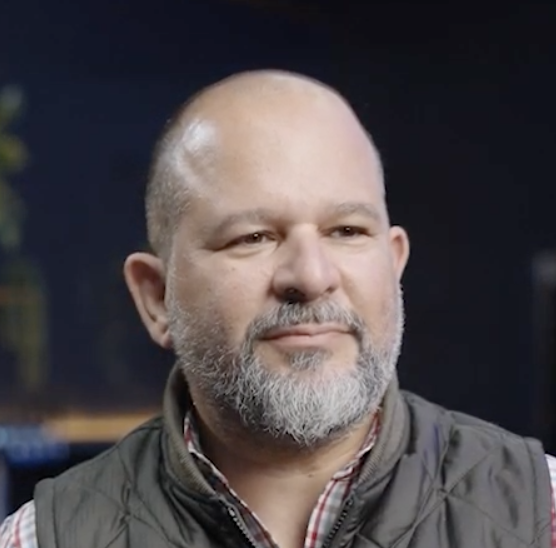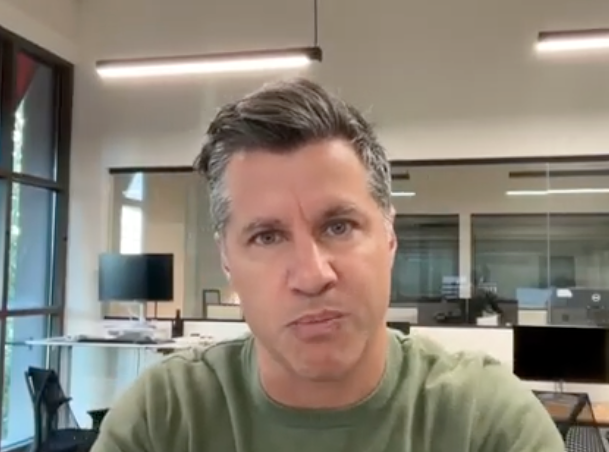
Navigating the Startup Journey from Launch to Finish Line
Navigating the Startup Journey from Launch to Finish Line
Many, many years ago, I was grinding away at my first company. It was the hardest buildout I’ve ever undertaken – a Biblical unfurling of locusts, pestilence, and famine, some real Old Testament shit. I got to thinking, “my time is my inventory, and I’m out of gas. It’s time to try something new.”
I decided to have a chat with Arthur Patterson, the storied founder of Accel and one of my investors. I told him, “I think I’m done,” and quickly assured him that I’d thought things through. “I’ve got a transition plan, I’m not going to leave anybody in the lurch. I’m going to exit in a way that honors my investors and my team.”
Arthur’s response: “Oh, okay, well you need to do what you need to do. If you’re going to leave, it’s hard for me to continue to be supportive of the company. You could maybe sell it but I don’t think you’re going to get much for it.” Both of these things were hard to hear, but they didn’t weaken my resolve.
Arthur continued: “You know, it takes all types.There are launchers and there are finishers. Maybe you’re more of a launcher guy?”
Oh, No. He. Di-’n.
With a riddle morphing into a barb masquerading as a question – classic Pattersonian fare, for those who’ve worked with him – he electrified me back into my senses. Was I a dilettante who just started stuff, or was I the workman who actually finished the job?
That was the end of the conversation and of my plans to exit. Arthur gave me the kick in the pants I needed, but my amazing team fueled and inspired me to keep on for another four years.
After a long, mighty struggle, I landed the plane, and we sold the company for $180M - not a supernova, but better than a stick in the eye.
Arthur discerned that I would stay, delay gratification, and fight to prove I was a finisher. And he was right, it takes all types. But not everyone has an Arthur Patterson in their corner to tell them what’s what. So how do you lay the groundwork for your startup as a launcher to ensure you make it to the finish? Some thoughts.

Conviction is essential but it has to be fueled by cold, hard facts.
A lot of entrepreneurs have stars in their eyes and are overtaken by their idea, irrespective of its feasibility or market potential. They come with huge conviction – which is necessary – but conviction alone does not make for a successful startup. Facts are friends. Be real about the market, the timing, the competition. See things as they are, not as you would like them to be – and respond to the conditions on the ground with ruthless commitment to facts, data, and logic.
Conviction is a necessary condition. Sufficient conditions include deep empathy for customers; a large, growing market; a passionate, hard-working team; and kickass technology.
Find people with fire in their veins and something to prove.
People overindex on pedigree because they lack discernment regarding the intangibles that make an early-stage company-builder great. Look for the not-yet-famous diamonds in the rough. Identify your home-grown-unknowns. Find out what motivates your potential hires, and work hard to uncover their backstory. Make sure they have a chip on their shoulder and a point to prove.
Arthur knew I had something to prove -- and all he needed to do to ensure that I’d stick around and land the plane was to question my ability to land it in the first place. You need people with fire in their veins. At super{set}, we write a “people memo” for key hires. It includes deep diligence to understand, “what motivates this person? What’s their basic constitution? What are their values? What matters to them? What makes us believe they’re the type that’s going to die with a gun in their hand instead of punking out when the going gets tough?”
The last factor a lot of people overlook is the fact that talent doesn’t exist in a vacuum. Collaboration is oxygen for an early-stage company. Ask yourself: how is this person going to fit into my existing team? Will they see the team’s success as their own, or are they constantly going to be jumping the parade and trying to get their name in lights?
Define your northstar.

When I’m pitching a company, I always have a slide that outlines our vision on the left-hand side and our mission on the right-hand side. The mission is specific, perhaps a little workmanlike and pedestrian. It defines what you’re going to achieve during the next 3-5 years.
The vision is audacious, perhaps a little ridonculous. In a recent pitch, I got pushback on our vision – for this investor, it was too lofty. He said, “I’m not 100% sure I know what it means.” I surprised him when I responded, “Yeah, man, me neither.” Your vision isn’t a five year plan. It’s a north star, an inspiring declaration that gets people moving and keeps you and your team plowing through the hard yards when all is lost and none of it seems possible.
My co-founder Vivek likes to say that if your vision for your startup is possible to achieve in a future you can foresee, you’re not thinking big enough. I couldn’t agree more.
Ready to launch your start-up journey? View our open roles at super{set} and within our portfolio here, and find out more about co-founding with us here.
Tech, startups & the big picture
Subscribe for sharp takes on innovation, markets, and the forces shaping our future.
Let's keep in touch
We're heads down building & growing. Learn what's new and our latest updates.


